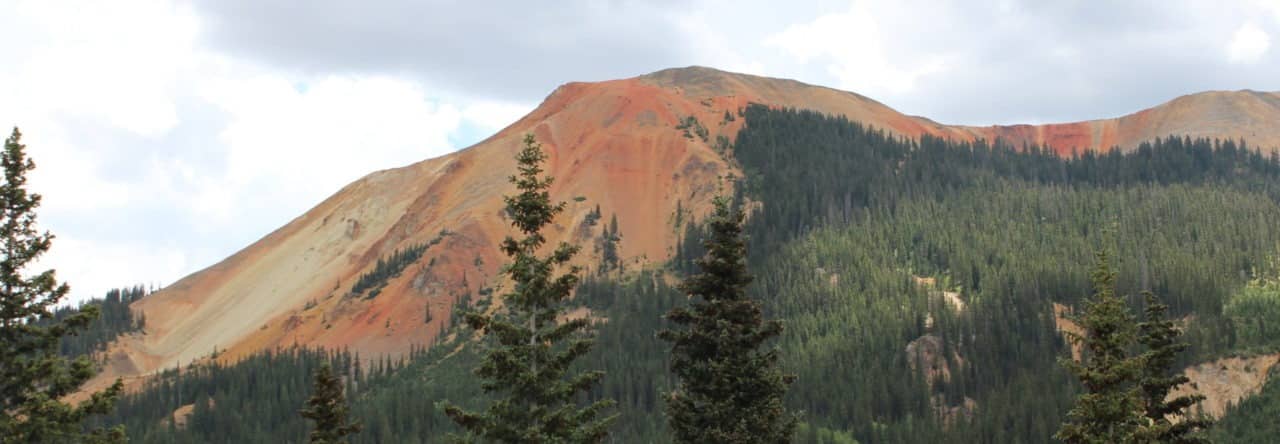
After two years of waiting I am finally in Peru for my International Field Experience! As I mentioned previously, I will not be spending my time in one school working with a teacher and a class but I’ll be doing a series of day trips. This also means that we will all be able to stay together for the duration of our field experience so I don’t mind too much. There are two themes for the day: learning about Peru and food.

Introduction to Peru: History and Culture
Our crash course on Peru brought us through its history from the subjugation of the Incas by the Spanish to modern day in about 90 minutes. Here is a brief summary of some the information that was discussed:
- Peru’s capital, Lima, was founded by Francisco Pizarro in 1535 after the Incas were defeated.
- There was an indigenous uprising in 1780 which was led by Túpac Amaru II.
- Peru proclaimed its independence on July 28th, 1821.
- On October 3rd, 1968 the military forced the resignation of the president.
- Constitutional rule was reestablished in 1979 when Peru signed a new constitution.
- There are three regions: the arid coast, the mountainous Andean region, and the Amazonian jungle.
- There was a mass migration to the cities in the 20th century.
- There is a sizable Japanese-Peruvian and Chinese-Peruvian population.
- In recent times the government has invested heavily in health and welfare infrastructure.
- Agriculture, fishing, and forestry drive their economy
- Peru is a very mineral rich country: gold, silver, copper, iron, lead, zinc, bismuth, phosphate, and manganese. The minerals in the ground belong to the state though which causes a lot of backlash.
- There is a mixture of pre-Hispanic and mestizo lore abound in myths, songs, dances, and superstitions.

An Introduction to Peruvian Social Reality

During this presentation we learned about the social concerns that are relevant in Peru. While Peru celebrates its diversity, discrimination is still prevalent within its society. Like so many other societies, privilege tends to depend upon ones “whiteness”. People will attempt to hide their cultural backgrounds in order to fit in. There is so much to unpack here I will not be attempting to get into it much further at this time. It does show the importance of global education and opening the mind of our students though.
The Food
I know this is what you have all been waiting for. Like always, I started the day with breakfast. Then during our morning session we were provided a plate of food around 11am and I figured that lunch was early. Then at noon we went to the real lunch. Lunch started out with some tortilla chips and then we were given this dish with pork and pears. I thought that was a very good lunch. Then out came a plate with chicken and some potato/cheese casserole. For dinner there were several courses at this beautiful museum. There was also a plate of pastries dropped off in our rooms during the day. The best/worst part of this is that everything was so delicious! So much for getting in shape for our October relay…


